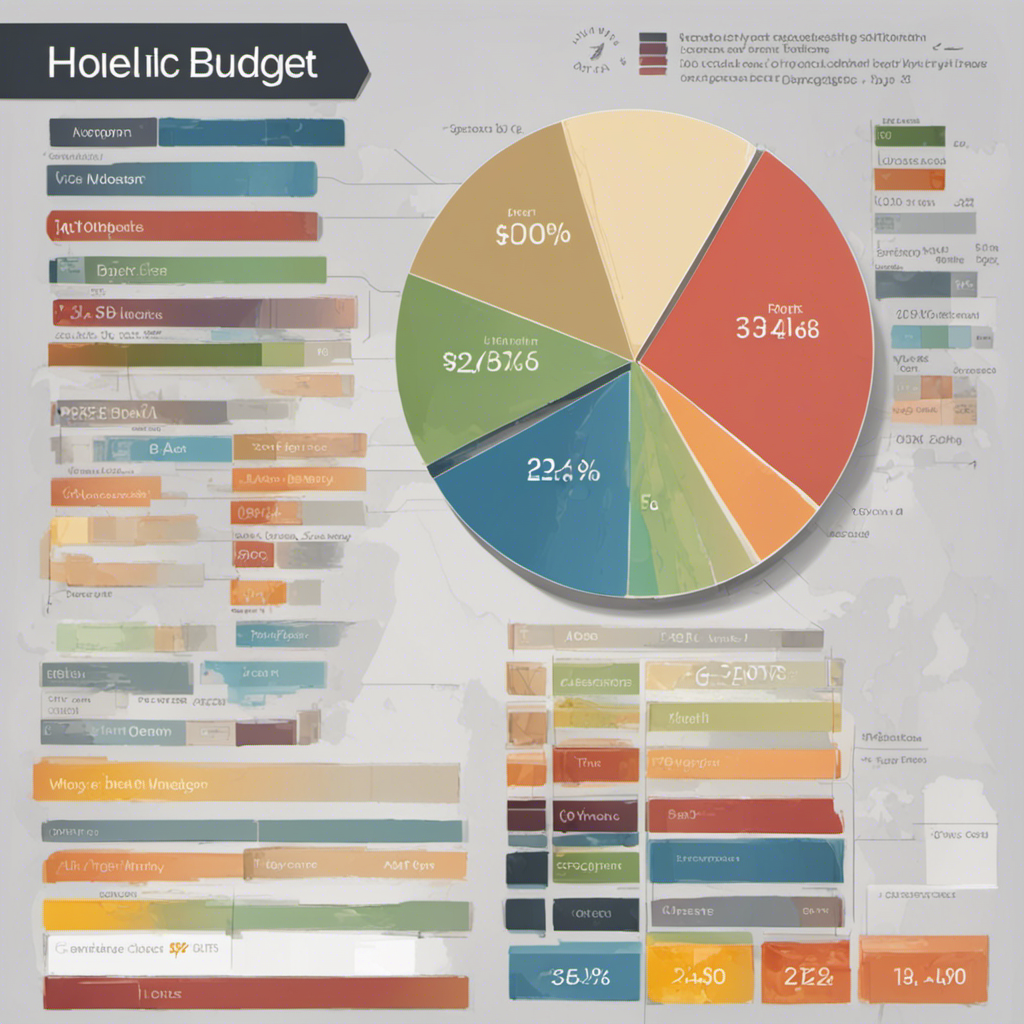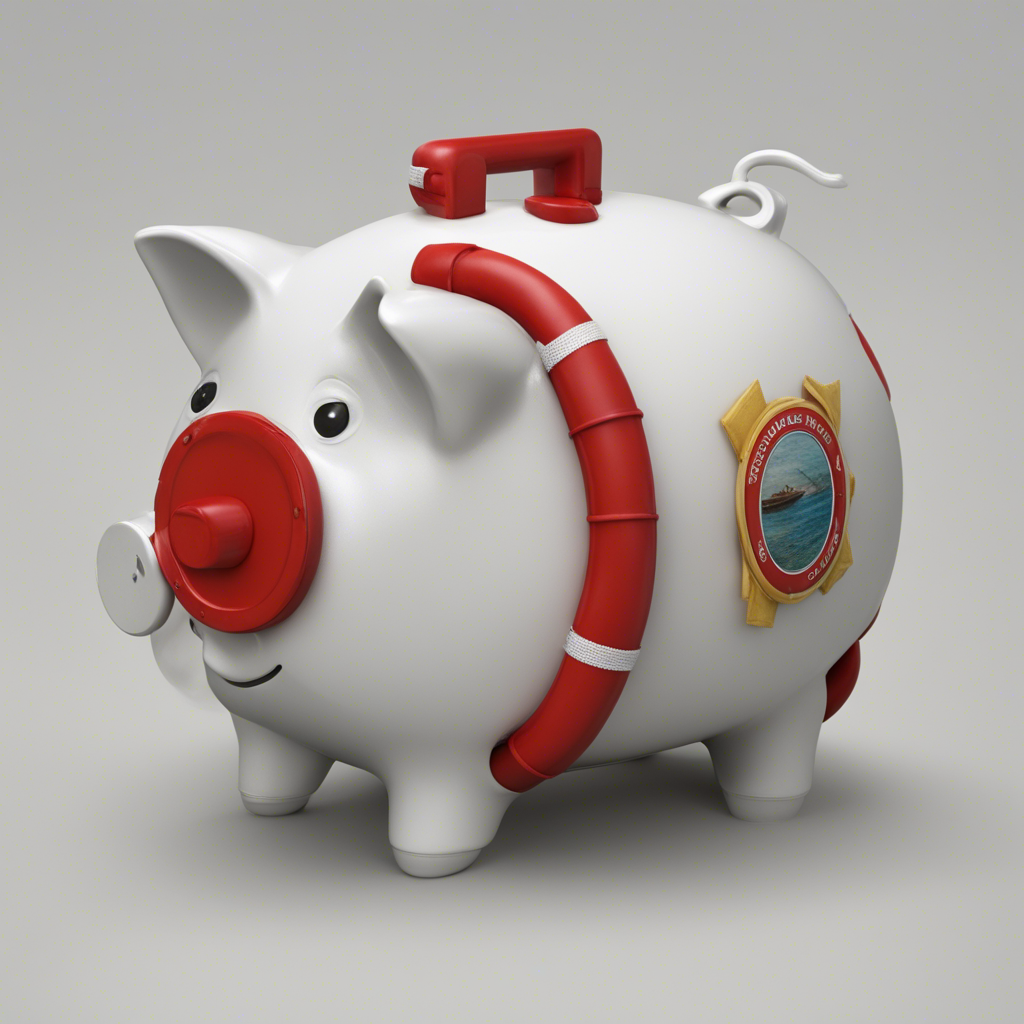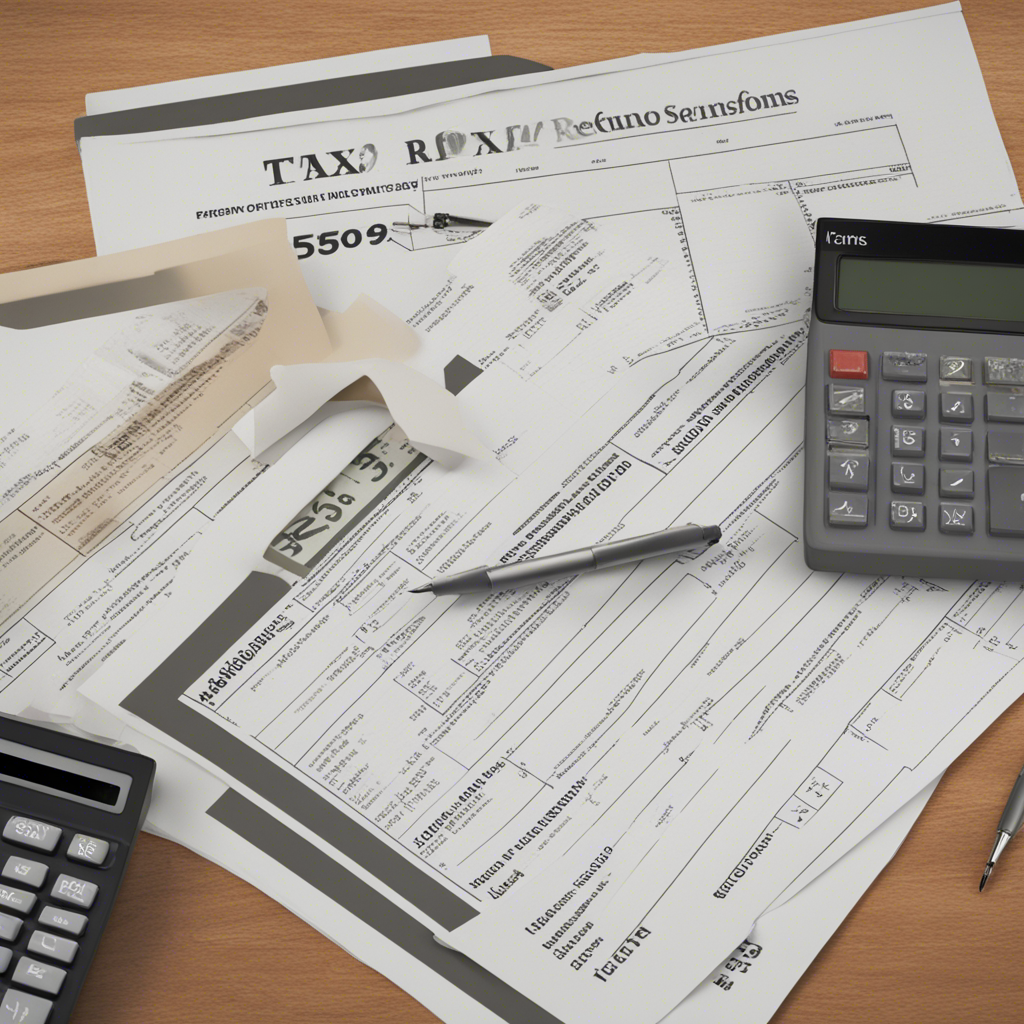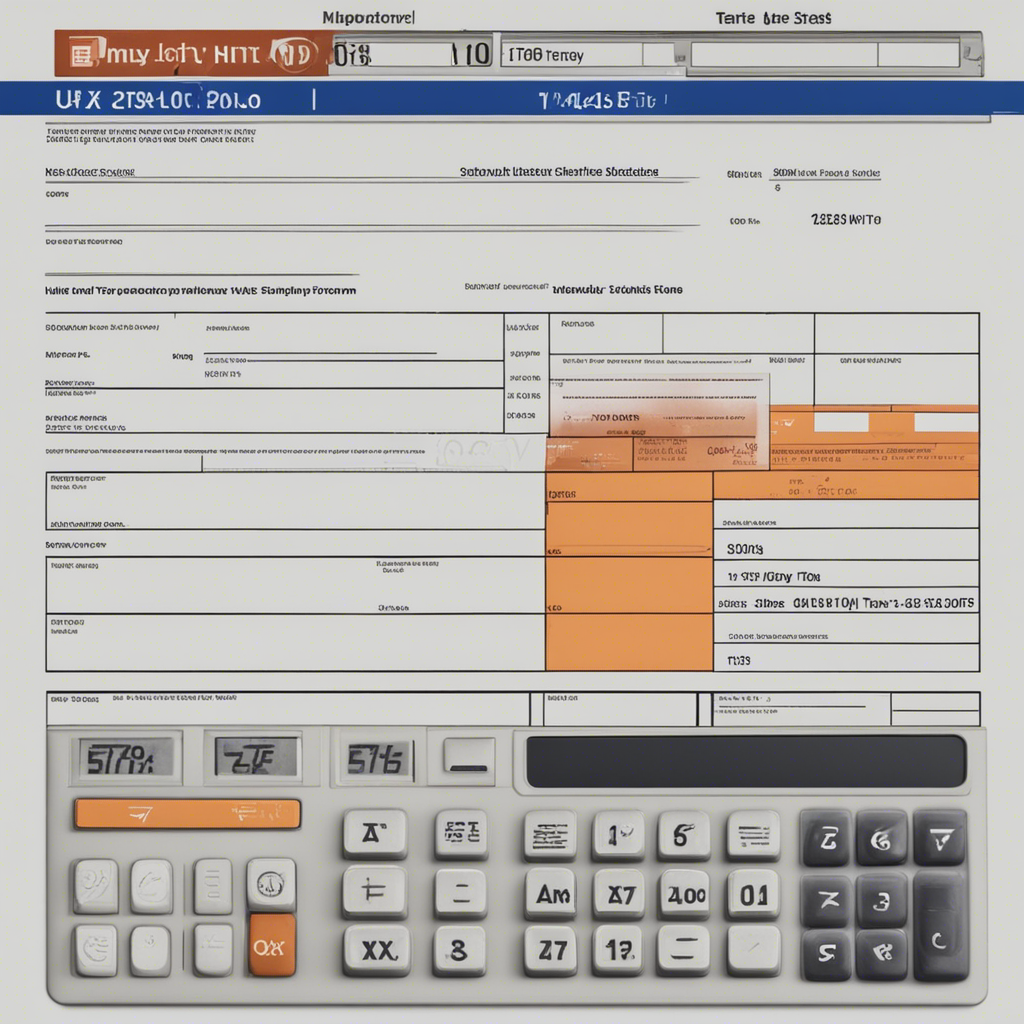
How to Create a Budget and Stick to It
Introduction
Creating a budget is an essential part of financial planning. It helps individuals manage their money effectively, achieve their financial goals, and avoid unnecessary debt. However, sticking to a budget can be a challenge for many people. In this comprehensive guide, we will provide step-by-step instructions on how to create a budget and offer effective strategies for staying on track. So, let’s dive in!
Step 1: Determine Your Financial Goals
Before creating a budget, it is crucial to identify your financial goals. Whether you want to save for a down payment on a house, pay off debt, or plan for retirement, setting clear objectives will help you prioritize your spending and stay motivated.
Step 2: Calculate Your Income
To create an accurate budget, you need to know how much money you have coming in each month. Start by calculating your net income, which is your take-home pay after taxes and deductions. If you have multiple sources of income, be sure to include all of them.
Step 3: Track Your Expenses
Tracking your expenses is a fundamental part of budgeting. It allows you to see where your money is going and identify areas where you can cut back. There are various methods you can use to track your expenses, including:
- Manual Tracking: Keep a detailed record of every expenditure using a notebook or spreadsheet.
- Budgeting Apps: Use popular budgeting apps like Mint, YNAB, or Personal Capital to automatically track and categorize your expenses.
- Envelope System: Assign specific amounts of cash to different categories and place them in envelopes. This method helps you visualize your spending and encourages you to be more mindful of your budget.
Remember to track both fixed expenses (rent, utilities, subscriptions) and variable expenses (groceries, entertainment, dining out) to get a comprehensive overview of your spending habits.
Step 4: Categorize Your Expenses
Once you have tracked your expenses for a month or two, categorize them into different groups such as housing, transportation, groceries, entertainment, and so on. This will give you a clearer understanding of how much you are spending in each category.
Step 5: Identify Areas for Adjustment
After categorizing your expenses, review each category to identify areas where you can reduce spending. Look for patterns or habits that may be contributing to unnecessary expenses. For example, if you notice a high dining out budget, consider cooking more meals at home.
Step 6: Set Realistic Budgeting Targets
Based on your financial goals and expense analysis, set realistic targets for each expense category. Be mindful of your income and avoid setting unrealistic expectations. It’s important to strike a balance between your goals and your financial capabilities.
Step 7: Create Your Budget
Now that you have your income, expenses, and target amounts for each category, it’s time to create your budget. Use a spreadsheet, mobile app, or budgeting software to allocate specific amounts to each expense category. Make sure your total spending aligns with your income. Here’s an example of a budget template:
| Expense Category | Target Amount | Actual Amount |
|---|---|---|
| Housing | $800 | $850 |
| Transportation | $200 | $180 |
| Groceries | $300 | $320 |
| Entertainment | $150 | $130 |
Step 8: Track Your Progress
Budgeting is an ongoing process, and it’s essential to regularly track your progress. Review your budget at least once a month to compare your actual spending against your target amounts. Identify any adjustments you need to make and reassess your goals if necessary. This will help you stay accountable and make any necessary changes to your spending habits.
Step 9: Stay Motivated
Sticking to a budget can be challenging, especially when temptations arise. Here are some strategies to keep you motivated:
- Create Mini-Rewards: Set small rewards for achieving specific budgeting milestones. For example, treat yourself to a movie night if you stay within your entertainment budget for three consecutive months.
- Visualize Your Goals: Keep reminders of your financial goals in visible places to stay focused and motivated. This could be a picture of your dream vacation or a visual representation of your debt payoff progress.
- Find Support: Join online forums or communities with like-minded individuals who are also working towards financial stability. Sharing experiences and learning from others can be encouraging and inspiring.
Conclusion
Creating and sticking to a budget is a crucial skill for managing your finances effectively. By following these steps and implementing the strategies mentioned, you can gain control over your spending, achieve your financial goals, and build a solid foundation for a secure financial future.
Remember, sticking to a budget requires discipline and perseverance. It may take time to adjust to the new habits and financial rules, but the long-term benefits are worth the effort. Start today, and take control of your financial well-being.
References:
- Dave Ramsey. (2021). The Budgeting Basics That Everyone Should Know. Retrieved from https://www.daveramsey.com/blog/the-truth-about-budgeting
- Investopedia. (2021). How to Set and Keep a Budget. Retrieved from https://www.investopedia.com/step-by-step-guide-to-make-a-budget-5073620
- The Balance. (2021). How to Create A Budget in 8 Steps. Retrieved from https://www.thebalance.com/how-to-create-a-budget-1289587






